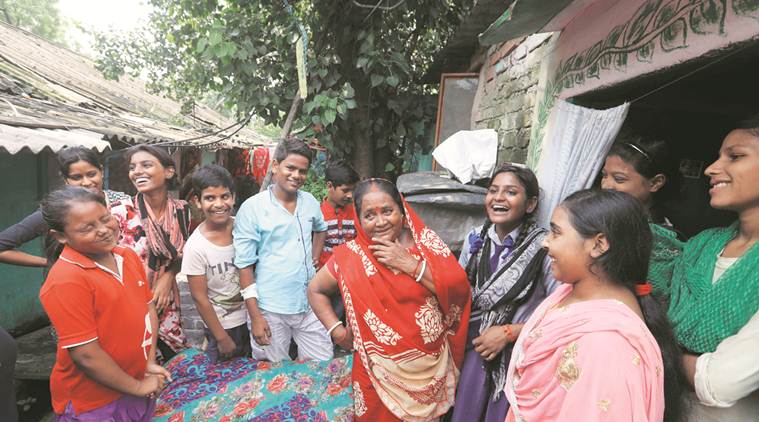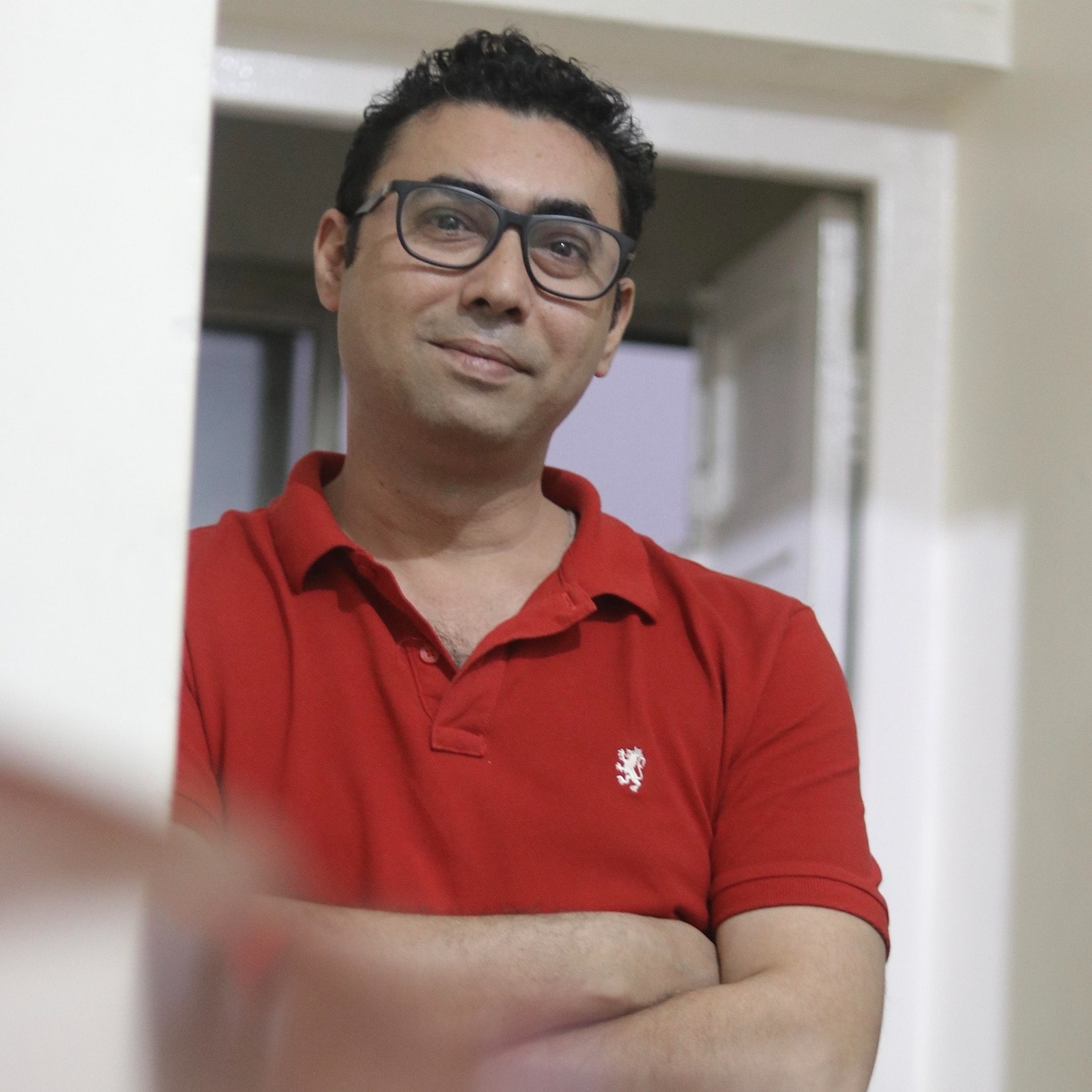After school, 15-year-old Soni Khatun starts knocking on doors at the “EJC basti” in Kolkata, looking for children like her, speaking to them, asking whether they go to school or if their families are planning to get them married. Armed with an old notebook, she carefully notes down the replies. Soon, Soni’s neighbour Saraswati Dhanuk, also 15, and 13 other children from the slum join in, stopping at automobile workshops to find out whether children are employed, again noting names and responses in that notebook.
Soni and Saraswati are part of Shaktiman, a group of children, once school dropouts themselves, now busy fighting child labour, stopping child marriages and sending children back to school.

Today, the two are popular faces in the basti, a sprawling slum that is home to around 1,300 families, near the under-construction Metro line in Taratolla, on land belonging to Kolkata Port Trust and the Railways. Most of the residents here, in shanties and some “pucca houses” are migrants from Bihar and UP.
Story continues below this ad
“Here, no one messes with us,” says Soni. “Once we identify a child working in a garage or not going to school, we form a group and visit their homes. We talk to the parents and convince them to send the child to school. Initially, no one would listen to us. But then, we started collecting people to support us. Now, everyone accepts us,” she says.
“Recently, we identified seven children working in garages in our area and were able to send four of them to schools. Before that, we managed to send 13 children, who were all dropouts, back to school. We also stopped two child marriages,” says Soni, with pride in her voice.
Shaktiman, named after the popular comic-book hero and launched six years ago, is a collaborative effort involving the Sarva Shiksha Abhiyan, or Sarva Shiksha Mission as it is named in West Bengal, the state government and Save the Children, an NGO, along with local body representatives and schools.
 Apart from home visits, these children conduct detailed surveys during non-school hours and tuition classes.
Apart from home visits, these children conduct detailed surveys during non-school hours and tuition classes.
Today, there are 183 children, under 19 groups, who are active in 14 slum areas of Kolkata under the Kolkata Municipal Corporation.
Story continues below this ad
These children, mostly dropouts, are trained in child rights and fan out across slums near areas such as Park Circus, Raja Bazar, Kidderpore and the dumping grounds near Science City, to rescue others like them. They work with community leaders and local politicians, and often step in themselves to tackle cases of manual scavenging and child labour in small factories and the dock. They also help locate victims of sexual abuse and human trafficking.
Apart from home visits, these children conduct detailed surveys during non-school hours and tuition classes. “Before this group was formed, the EJC basti used to be one of the most backward areas in Kolkata. Most children used to drop out of school, and there were many cases of marriages of minors being conducted and of child labour. But now, in a very small way, change has come, almost everyone goes to schools. We also help the children in counselling people. They have a good network and whenever someone drops out of school or goes to work, they get word,” says Ramayan Choudhury, 61, a resident of EJC basti for the last 40 years.
Soni’s father works as a driver and Saraswati’s is employed in a local factory. Then there are others, like Suman Kumar Sahani (12), Tauhid Ansari (13) and Ranjana Yadav (14).
Speaking about their work at Madhu basti, another slum 3 km away, Sahani says, “Many children there never used to go to school. Some of them worked with their families selling honey, others worked as vendors in trains. We conducted field surveys and identified 43 dropouts out of whom 21 now attend school.”
Story continues below this ad
Says Mohammad Ammad, 10, from Madhu basti, “I used to sell cola sticks in trains and in different parts of Kolkata for Rs 2 each. Then these children came to our house. Now, I go to a local school. After school hours, we go to the railway station nearby to study because there is electricity there.”
According to Kartik Chandra Manna, chairman, Sarva Shiksha Mission, Kolkata, the city has a “peculiar problem” “How to reach children in slums and on streets. This is one of the initiatives which we have worked on with NGOs. We also have residential facilities in 25 schools, where such children study,” says Manna.
“We closely collaborate with NGOs who train such children on their rights not only to education but also to health. This work is now getting success,” says Urba Chaudhuri, district co-ordinator, Sarva Shiksha Mission, Kolkata.
“Children, in an enabling environment, can play significant role in curbing issues like school drop-out, early marriage, etc. We encourage children to become role models, leading to a movement,” says Chittopriya Sadhu, general manager – state programme West Bengal, Save the Children.
Story continues below this ad
As for Sonu and Saraswati, one incident from two years ago says it all.
“In 2015, we approached the local MLA and requested him for a concrete road. Nothing happened initially, but we persisted and met him a number of times,” says Soni.
“The first time, we did not even know where the MLA’s office was. Our group went on foot, asking for directions from policemen and local residents. We managed to find the MLA’s office, which was a few kilometres from where we stay, and handed over a letter signed by all our neighbours. Now, the road is being built,” says Saraswati.

 Members of Shaktiman children’s group interact with residents of EJC basti in Kolkata. Express Photo by Partha Paul
Members of Shaktiman children’s group interact with residents of EJC basti in Kolkata. Express Photo by Partha Paul
 Apart from home visits, these children conduct detailed surveys during non-school hours and tuition classes.
Apart from home visits, these children conduct detailed surveys during non-school hours and tuition classes.






